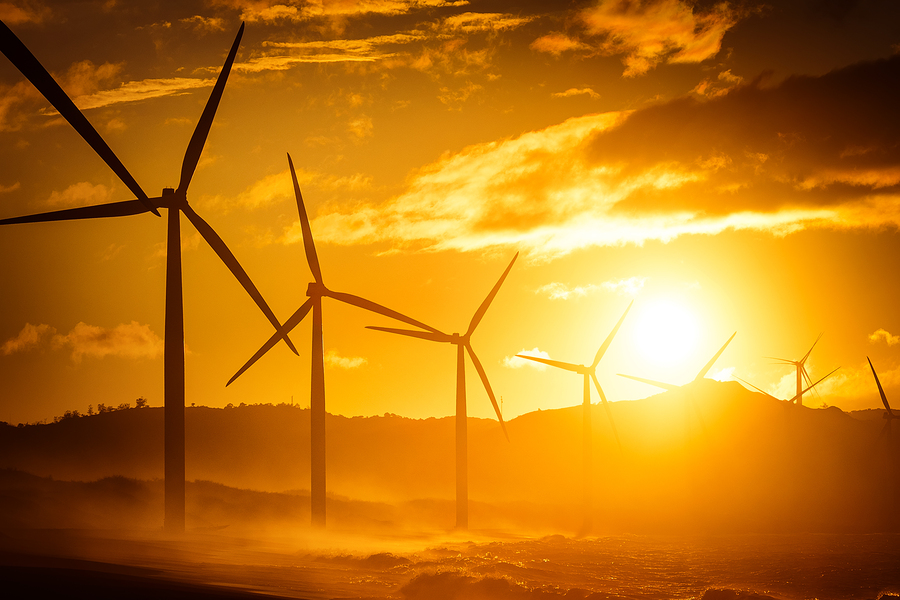New research indicates that there is increasing opportunity and interest in harnessing wind power that develops across the ocean rather than on land.
Carnegie’s Anna Possner and Ken Calderia have just published work in the Proceeding of the National Academy of Sciences that reiterates enhanced interest in ocean wind power as a source of renewable energy.
The scientists used modelling tools, finding that some ocean-based wind farms could generate at least three times more power than ones on land.

The North Atlantic could be a particularly favourable location for wind turbines. The ocean expels large amounts of heat into the atmosphere, which drives low-pressure systems that are efficient in drawing the upper atmosphere’s energy down to the height of the turbines, explains Possner.
If this is the case then there is likely to be higher demand on the ocean than on the land for wind power.
For the shipping industry, this could bring additional benefits. More ships, dedicated ships for installing and maintaining the wind turbines out at sea will be required.
The pressure is on for offshore installation and support vessels with lifting capabilities of thousands of tonnes as well as the ability to operate at increasing depths and pressure of water. Vessels that can carry out complex installation tasks and bear significant weight, made up of the equipment needed to keep offshore wind turbines running, will be needed.

The increasing demand on the shipping industry to supply vessels capable of offshore wind farm work is evident.
Van Oord’s Aeolus is currently undergoing update work at the Damen Shiprepair yard in Rotterdam, transforming its 900-tonne weight lifting capability to 1,600 tonnes.
In 2014, there was not a single marine vessel in the USA capable of handling wind turbines, but in 2017 and the announcement was made for the USA’s first offshore installation vessel.
The maritime industry has shown great commitment to the deployment of unmanned and autonomous ships, but increasing the number of offshore wind farms will require ships to navigate around more obstacles. Wind farms could also require shipping lanes to be rerouted, which has the potential to change the commercial dynamics of an area so that it becomes less competitive, according to The Nautical Institute.

There is also the concern for marine life. Increasing the number of vessels that would be required to carry out maintenance work in the open ocean could disturb the marine life even more. The risk of injury to marine life is exacerbated by ships’ activities and of course the construction noise of installation turbines can disturb the noises that whales make to one another underwater. However, offshore wind turbines can provide habitats and increase food availability for marine life so the negatives are somewhat outweighed.
While wind is faster across open sea than on land, there is still uncertainty as to whether this faster wind could be converted into increased amounts of electricity. This is something that will have to be researched further, but if found to be the case then the demand for offshore wind farms, and therefore dedicated ships to facilitate this, will certainly be an upward trend.
Fathom-News
editor@fathom-mi.com
































